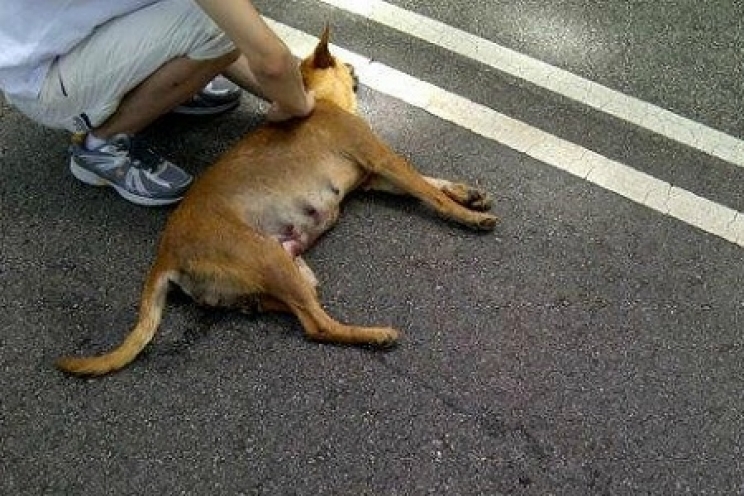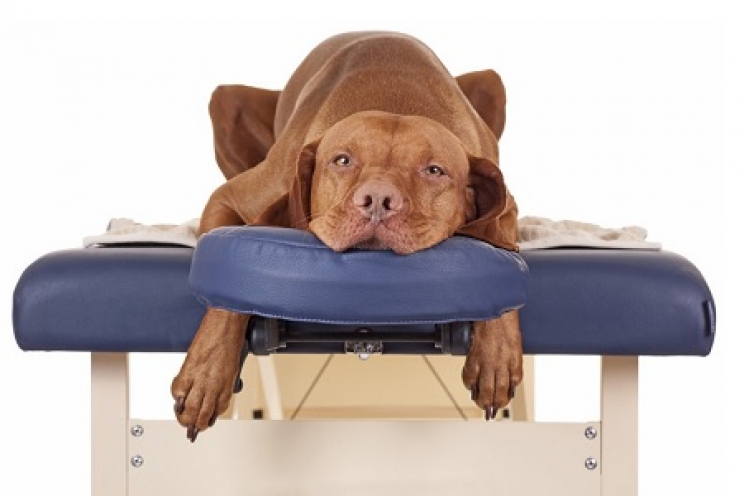Summer is slowly approaching us and temperatures are starting to rise more and more. As every year, pet owners face the same dilemma: is it convenient to shear the dog during summer? Let's try to understand the pros and cons of shearing.
From our point of view, when it's hot it is inevitable to uncover ourselves, putting coats and wool sweaters in the closet, to make room for cooler clothing. It is clear that none of us would ever think of walking around with a woollen hat and scarf in the middle of summer, so we always tend to reflect this image on our poor dogs, forced in some cases to carry the weight and warmth of a whole lots of fur on them. We feel their pain during summer.
So what do we do when we think about this? We immediately take our dog to the trusted groomer and try to make him feel more at ease and fresh by removing all the excess fur on him, which is disposable.

In reality, as we have often show in our articles, nature always leads every natural process, even in our animals. If dogs really need summer shearing, Mother Nature would have made sure they shed completely in the warmer seasons. Instead, this does not happen. Have you ever wondered why?
As much as humans and groomers may be horrified at the very thought of this statement, in reality, hair is useful and is not placed randomly around the animals body.
The function of hair, in fact, is above all to protect the animal from the cold, but also from dirt and from insects and parasites that would otherwise come instantly in direct contact with the skin. That is not all. In fact, the coat is essential for a correct maintenance of body temperature. It helps to warm the body when the temperatures drop, but also to cool the animal when it is too hot, which for us humans happens simply by sweating. Dogs, on the other hand, never sweat so they have developed other mechanisms to disperse excess heat, for example by panting or protecting themselves with fur.
Let's think, for example, of animals that live outdoors. What would happen if they didn't have that thick fur to protect them from the sun's rays? The consequences can range from a "simple" sunburn to real skin cancers.
If this is not enough, we can also consider another aspect: the moult. The animals, in fact, have longer and shorter hairs, which are called undercoat. The function of the first one is to protect the skin, while the second is considered a kind of blanket, which keeps the animal warm during the colder months.
Once again, nature has adapted the animals' organisms so that during the summer the prevailing hair on the body is the longest one, whilst the thick undercoat is removed, ready to regrow when winter is approaching.
By shearing the dog, on the other hand, we would go to deprive it of the coat that it needs to protect the skin from the sun's rays, exposing it even more to heat. He will therefore feel the heat even more, and at the same time will no longer be protected from dirt, wounds, parasites and other dangers.
Furthermore, some types of hair are also naturally waterproof, so removing them would deprive the dog of this great advantage as well.
Of course, in some cases it is essential to resort to the shearing process. We are talking above all about long-haired animals, such as Persian cats, which in some cases can turn into a shapeless tangle of knots, which can become annoying and very painful even when the animal walks or eats. The same goes for animals that get into strange places, getting dirty with paints or other substances that cannot be removed unless we cut off the fur which is contaminated.
If you are thinking of shearing your dog, avoid doing it on the basis of personal considerations, which are still human and neglect the dog's point of view. If, on the other hand, it becomes necessary to resort to this practice, always choose an expert clipper who knows how to handle the animal and the hair with the necessary care and experience.























 Neem oil, in fact, has a very low level of toxicity, so it is harmless for our animals. To avoid problems, however, we recommend applying it first on a small part of the animal's skin, which we will monitor during the day. Any redness or swelling may indicate an allergic reaction, so we will have to wash the area immediately with water and a neutral soap for animals.
Neem oil, in fact, has a very low level of toxicity, so it is harmless for our animals. To avoid problems, however, we recommend applying it first on a small part of the animal's skin, which we will monitor during the day. Any redness or swelling may indicate an allergic reaction, so we will have to wash the area immediately with water and a neutral soap for animals.


